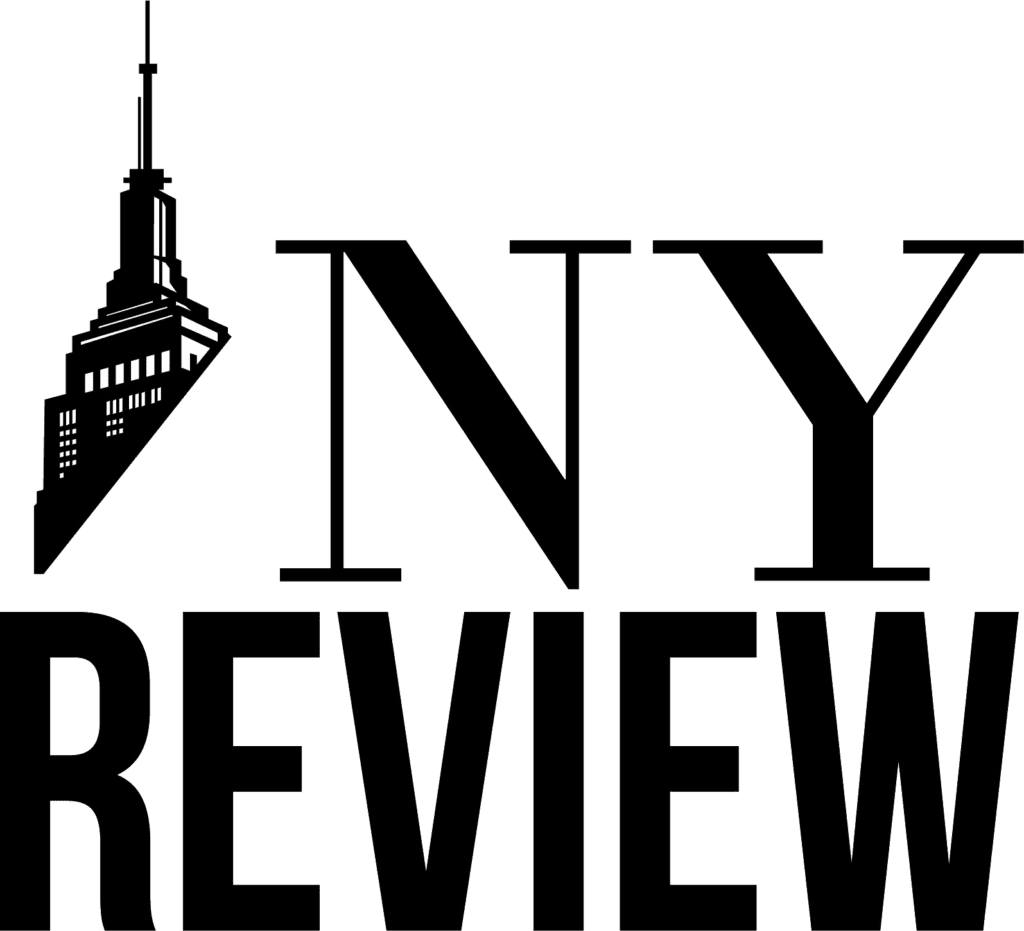On November 17, 2025, NBCUniversal officially brought back its 24-hour sports channel, NBC Sports Network (NBCSN), with initial availability on YouTube TV. This relaunch marks a significant development in the company’s broader broadcasting and media strategy, which increasingly focuses on major urban markets like New York as pillars for national viewership and advertising growth. NBCUniversal’s decision to reinstate a dedicated sports network also highlights a continued belief in the power and profitability of linear television, even as digital and streaming platforms dominate the media landscape.
The original NBCSN ceased operations in 2021, with its sports programming migrating to other NBCUniversal platforms, including USA Network and the Peacock streaming service. However, the return of the channel indicates a shift in strategy. NBCUniversal executives have emphasized that the relaunch provides a streamlined destination for sports content and gives pay-TV subscribers more direct access to high-value sports events. Launching first on YouTube TV and then expanding to Comcast’s Xfinity platform, the network aims to reach a broad audience while maintaining flexibility to serve both traditional cable and modern streaming consumers.
The move is particularly significant in the context of New York, the largest media market in the United States. Home to multiple major professional sports franchises—including the Yankees, Mets, Knicks, Nets, Giants, Jets, Rangers, and Islanders—New York remains a central hub for sports fans, advertisers, and media companies. The high concentration of viewership, coupled with the city’s status as a center for media buying and corporate sponsorships, makes it an essential market for any broadcaster seeking national relevance. For NBCUniversal, ensuring that NBCSN performs well in New York is not only a commercial priority but also a strategic necessity.
The early programming slate for the revived NBCSN is a reflection of this emphasis. The network plans to air marquee sports content, including Monday night NBA games, Premier League soccer matches, WNBA contests, and major golf tournaments. There are also negotiations underway to secure regular-season and postseason Major League Baseball broadcasts. This rights portfolio is designed to appeal to a wide cross-section of sports fans, particularly those in metropolitan areas who are accustomed to premium content and have diverse viewing preferences. By focusing on live sports—still one of the few content types that commands real-time viewership—NBCUniversal hopes to maximize advertising revenue and engagement.
For the New York market specifically, the relaunch introduces a new layer of competition within an already crowded media ecosystem. Regional sports networks, local broadcasters, and an expanding array of streaming platforms are all vying for the attention of viewers and the investment of advertisers. NBCSN’s return is likely to intensify that competition, especially as advertisers seek to connect with the city’s affluent, sports-savvy audience. While some may view this as fragmentation, it also presents opportunities for innovation and differentiation among local media providers.
The decision to relaunch NBCSN also comes at a time of significant corporate restructuring within NBCUniversal. Parent company Comcast is in the process of spinning off several of its cable assets, such as USA Network and CNBC, into a new venture known as Versant. This strategic realignment allows NBCUniversal to refocus its efforts on core assets, like sports broadcasting, which continue to deliver strong returns and viewer loyalty. By positioning NBCSN as a primary destination for live sports, the company is consolidating its rights portfolio into a more cohesive offering, making it easier to market and monetize across different platforms.
One of the major challenges for NBCUniversal will be ensuring that the network resonates with younger viewers, especially those who have grown up in a streaming-first environment. While YouTube TV offers a more flexible viewing experience than traditional cable, the question remains whether a linear channel can successfully attract and retain the attention of digital-native audiences. NBCSN’s success will depend in part on how well it integrates with digital services like Peacock and how effectively it leverages social media, mobile apps, and interactive features to enhance the viewing experience.
Another key consideration is the broader impact on local media outlets in New York. With NBCSN offering national sports coverage, there is a risk that smaller stations and regional sports networks could lose both viewers and advertisers. To remain competitive, these local players will need to offer hyper-local content, in-depth analysis, and community engagement that a national network may not be able to provide. Alternatively, partnerships and syndication deals with larger networks like NBCSN could provide a path forward, creating synergies rather than direct competition.
Looking ahead, several factors will determine the long-term viability of the relaunched NBCSN. These include the speed at which the network is rolled out across other platforms beyond YouTube TV and Xfinity, the extent to which it can secure and retain high-profile sports rights, and its ability to adapt to evolving viewer habits in major markets. If successful, NBCSN could serve as a model for how legacy broadcasters can navigate the complexities of the modern media environment while capitalizing on the enduring appeal of live sports.
Ultimately, NBCUniversal’s relaunch of NBCSN underscores the continuing relevance of large, urban media markets—especially New York—in shaping the future of sports broadcasting. While the media industry as a whole may be shifting toward digital distribution, the importance of strategic market presence, premium content, and integrated viewing experiences remains as critical as ever.


